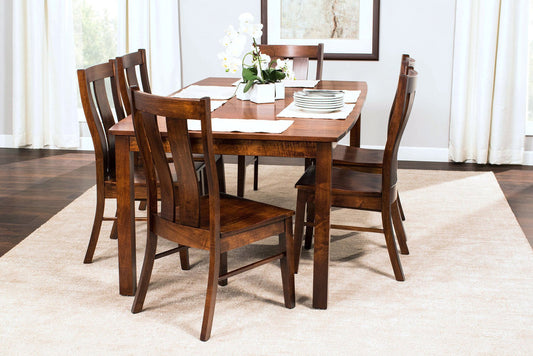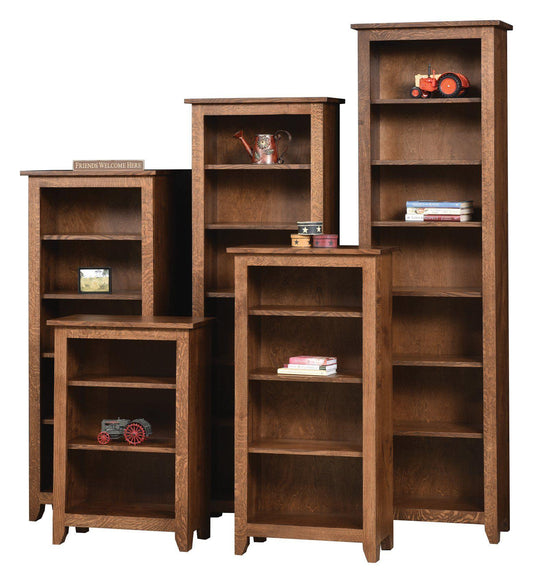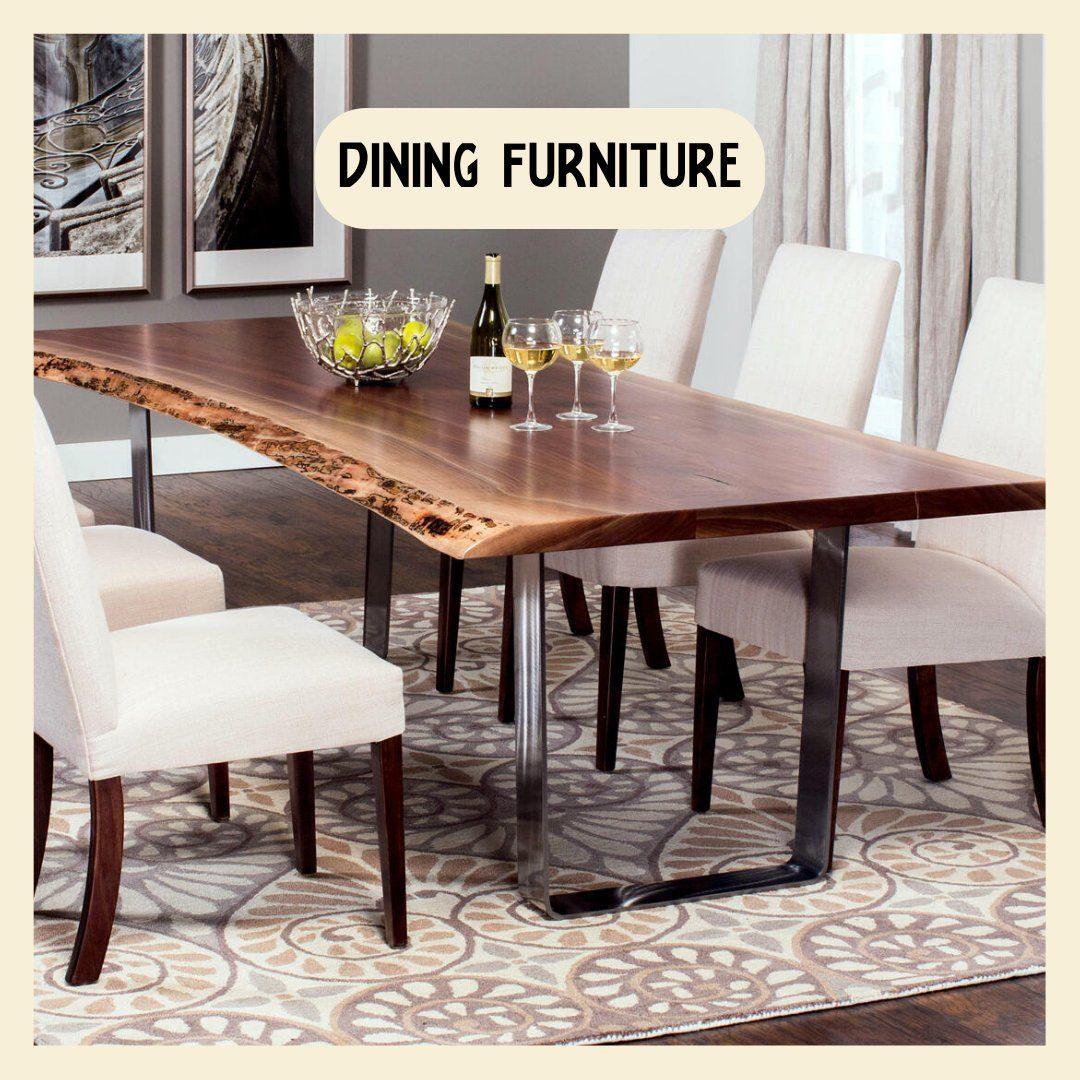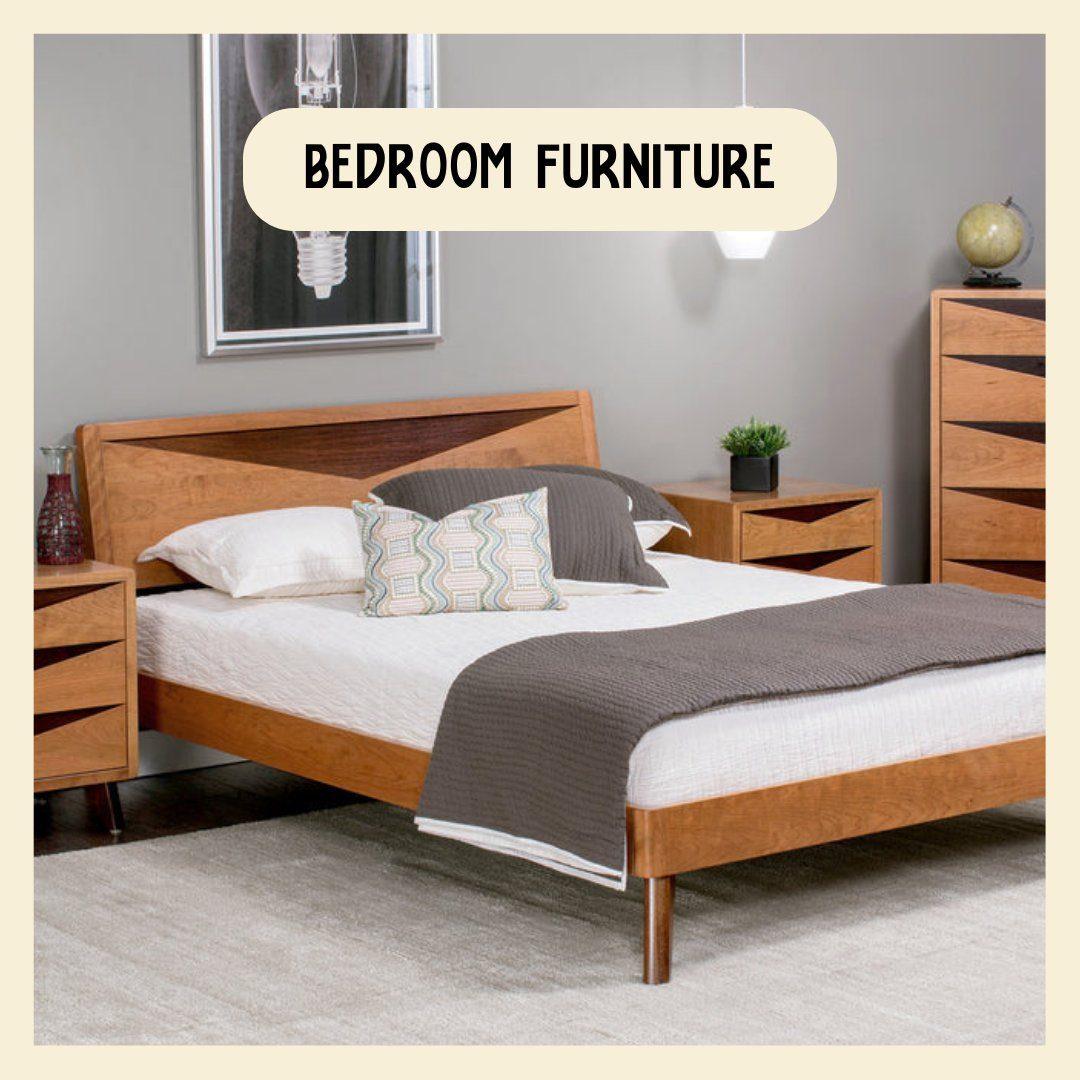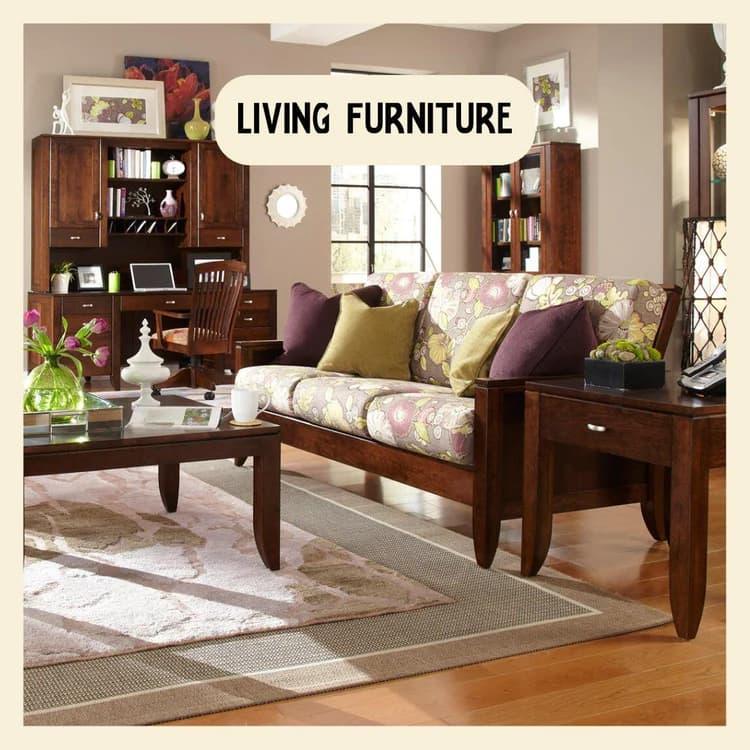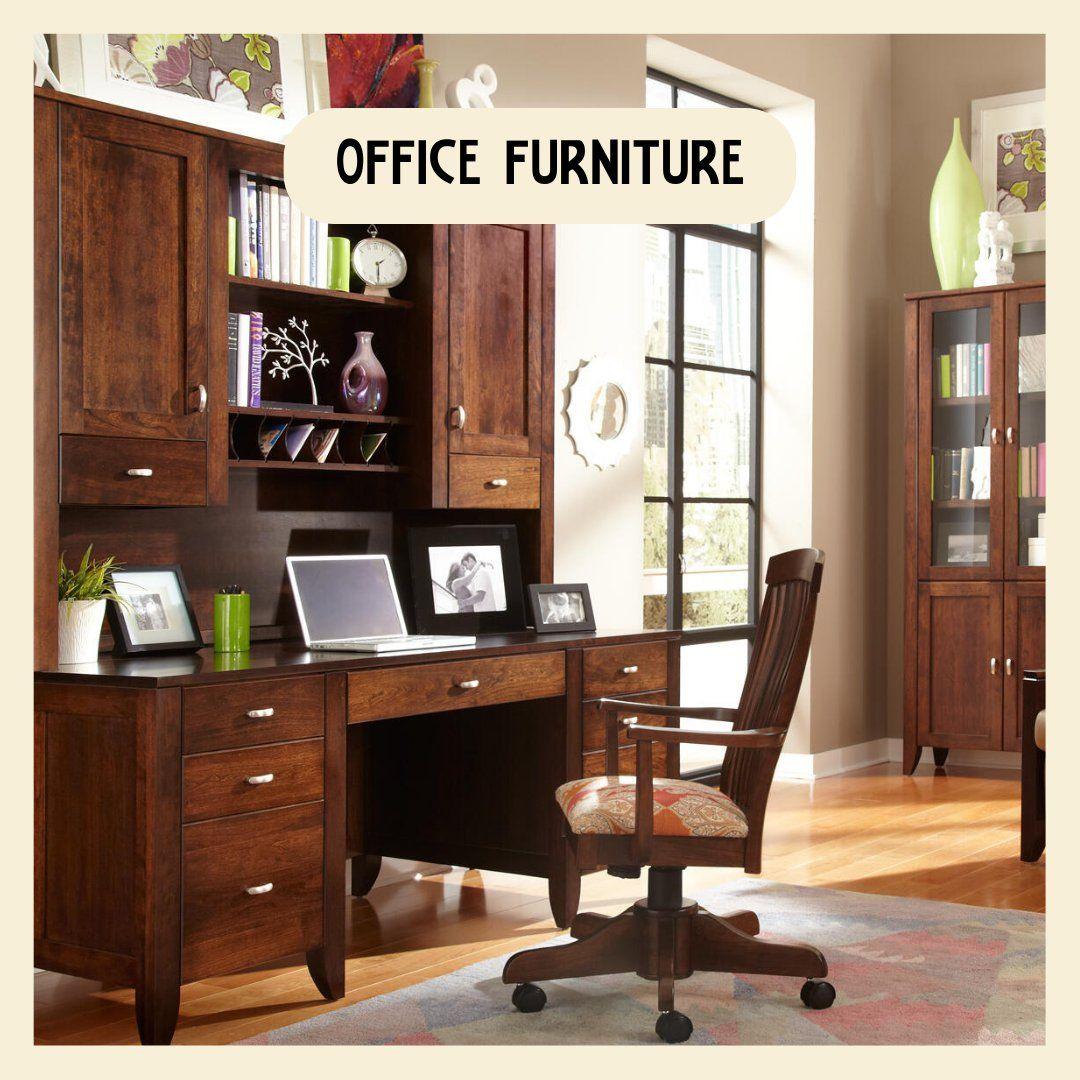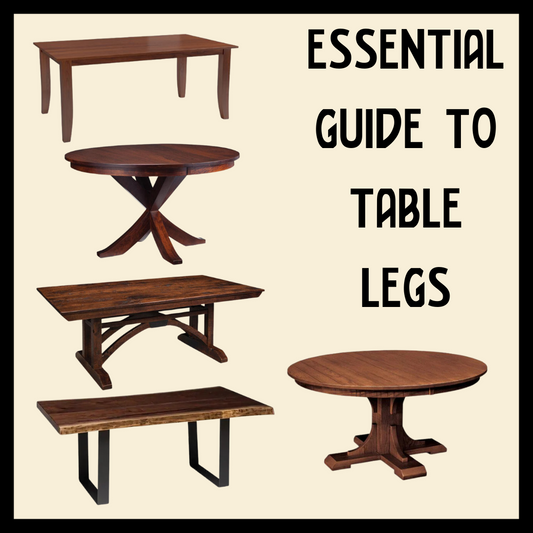Essential Guide to Furniture Styles for Your Modern Bungalow Home
Put a name to your favorite furniture style and surround yourself with even more of what you love!

From the elegant curves of traditional furniture to the clean lines of mid century modern, different furniture styles aren’t all created equal. But with so many to choose from, how do you know what’s the right furniture style for you? Knowing a bit about the distinctive characteristics and influences behind each is a good place to start.
Whether you're a design enthusiast, a furniture connoisseur, or simply someone looking to enhance their home's aesthetic, this guide will provide you with the knowledge and inspiration to navigate the rich tapestry of furniture styles with confidence and flair.
How do I know what my furniture style is?
Maybe you already know and want to learn more about that style or how a different one might work well in your space. Maybe you have no idea what furniture style you gravitate towards, and need a little more guidance before making a decision.
Either way, this guide is for you. To start, think about the following:
- Reflect on Your Lifestyle: Consider daily routines, hobbies and activities. Think about the atmosphere you want to create in your home and how your furniture can support and enhance your lifestyle.
- Collect Inspiration: Browse through design magazines, websites, and social media - Pinterest and Instagram. Save images of furniture styles that catch your eye and resonate with you. What is it about those images that you find most appealing?
- Consider Your Existing Decor: Assess your current home decor and identify any recurring elements of themes. Do you lean towards a more traditional, Contemporary or eclectic style? Are there certain colors, textures or materials that dominate your space?
- Identify Preferred Aesthetics: Clean lines and minimalist design or ornate and detailed? Do you already lean toward a particular design style?
- Seek an Emotional Connection: Yes, furniture should evoke emotions and make you feel comfortable and inspired. Do you want to feel cozy and inviting or sleek and sophisticated? Remember it can vary by room!
- Visit Your Surroundings: Furniture stores like Modern Bungalow are a great place to check out the pieces in person. Or take a look at your next door neighbor’s or a favorite restaurant, bar or even hotel to see what might inspire you!
- Trust your instincts: Ultimately, trust your instincts and follow what you genuinely love and feel connected to. Let your furniture reflect your personality and create a space that feels authentic and inviting to you.
What is Mission Style Furniture?
Mission furniture made its debut in the late 1800s. As a response to the mass produced and ornate furniture of the Victorian era and based on design principles of the Arts & Crafts movement, the furniture characterized itself with clean lines, rectilinear forms, sturdy construction, and a focus on the natural beauty of the wood. Mission furniture typically incorporates elements like flat panels, slats, and geometric shapes, paying homage to the simple and functional designs of the Spanish missions in California.
Celebrating the beauty of the wood grain and often utilizing oak or other hardwoods, mission furniture highlights the natural warmth and richness of the materials used. With timeless appeal and renowned for durability and craftsmanship, this style blends seamlessly with a variety of interior design aesthetics.
What is Craftsman Style Furniture?
Originating well over 100 years ago, the craftsman style was born as a way to deviate from the heavy ornamentation and layers of decoration made popular by the Victorian era. Its dedicated craftsmanship was meant to challenge the desire for mass-produced pieces of the Industrial Revolution that lacked much character.
With an emphasis on hand-crafted work, craftsman furniture was and still is constructed from traditional woodworking techniques that embrace clean lines, high quality materials and simple design.
While the craftsman and mission styles are often thought of as one in the same and grouped together, subtle differences offer their pieces and surrounding aesthetic its own unique appeal.
Shop Craftsman Style Furniture
What is Farmhouse Style Furniture?
Farmhouse style furniture has its roots in the practicality and simplicity of rural farm life. It draws inspiration from traditional farmhouses and the furnishings found in rural homes. The history of farmhouse style furniture can be traced back to the early colonial period in America when settlers brought their furniture traditions from Europe.
In the 18th and 19th centuries, furniture in farmhouses was primarily functional and made by local craftsmen using available materials. These pieces were designed to withstand the demands of daily farm life and were often constructed using solid woods like pine, oak, or maple. Farmhouse furniture featured sturdy construction, simple lines, and a focus on practicality over ornate details.
During the 19th century, as industrialization progressed, farmhouse style furniture began to incorporate influences from other popular design movements of the time, such as Shaker and Arts and Crafts.
In the 20th century, the farmhouse style experienced a resurgence in popularity, particularly during the 1980s and 1990s. This revival was influenced by a desire for a more relaxed, comfortable, and nostalgic aesthetic. Farmhouse style furniture became associated with warm and inviting spaces, characterized by distressed finishes, reclaimed wood, and vintage-inspired accents.
As it has evolved through rooster curtains and faux-painted signs to shiplap, antique accents and the elegant but cozy aesthetic of mixing neutral woods with an industrial flair, farmhouse style is very much alive and well no matter how far you live from the farm!
Shop Farmhouse Style Furniture
What is Contemporary Style Furniture?
With no exact starting point and no end date in sight, contemporary style furniture is considered by many to be the best example of present day furniture as it takes cues from whatever is trending right now. This transient type of furniture takes inspiration from history and will look very different 10 or 20 years from now. Not exactly modern and not entirely historic, its design doesn’t have a strict set of stylistic principles but you can expect clean lines, gentle curves and neutral colors.
Contemporary style furniture embodies a forward-thinking and adaptable approach to design. It reflects the ever-evolving tastes and preferences of the present time, offering a fresh and modern aesthetic that can seamlessly integrate into a wide range of interior design styles.
Shop Contemporary Style Furniture
What is Mid Century Style Furniture?
In post-war America of the late 1940’s, a style of furniture was born that reflected an optimistic and futuristic vision of the time. Mid century modern furniture drew inspiration from the Bauhaus movement and Scandinavian design principles, combining elements of minimalism, functionality, and a focus on natural materials. This style aimed to bring modernist design concepts to the masses, making high-quality, well-designed furniture accessible and affordable.
Comfortable and visually appealing, mid century modern furniture is functional, lightweight and easily movable, clean and uncluttered. It is also perhaps the epitome of furniture designed to look retro yet will never go out of style.
Shop Mid Century Style Furniture
What is Shaker Style Furniture?
Shaker style furniture refers to a style of furniture that originated from the Shakers, a religious community that flourished in the 18th and 19th centuries in the United States. The Shakers were known for their minimalist and utilitarian approach to design, emphasizing functionality, simplicity, and craftsmanship.
The style is characterized by its clean lines, practicality, and lack of ornamental decoration. The focus is on the beauty of the natural wood and the quality of the craftsmanship. The furniture is typically made of hardwoods such as maple, cherry, or birch, and features excellent joinery techniques such as dovetail joints and mortise-and-tenon construction.
Shaker style furniture has had a significant influence on American furniture design and continues to be appreciated for its timeless appeal, understated elegance, and lasting quality. Its simplicity and functionality make it a versatile choice that can complement a range of interior design styles, from traditional to contemporary.
What is Traditional Style Furniture?
Ornate, regal, and intricately detailed are just a few of the words often associated with the traditional style with design roots as far back as the 1600s. The furniture was originally seen as a sign of status due to the length of time and craftsmanship put into each individual piece of furniture. By the end of the 1800s, modern day traditional furniture had solidified its timeless design in England and France before moving across the Atlantic to the United States.
Traditional style furniture is often associated with formal and classic interiors, where it can create an atmosphere of grandeur and timeless beauty. However, it can also be adapted to more relaxed and eclectic spaces, adding a touch of elegance and nostalgia. The enduring appeal of traditional style furniture lies in its ability to evoke a sense of history, craftsmanship, and sophistication. It is comfortable while exuding symmetry and balance bringing consistency and harmony to its surroundings.
Shop Traditional Style Furniture
Can you mix and match different furniture styles?
Yes, with the caveat that you use intentional consideration so your space doesn’t look like a thrift store or college dorm room!
- Keep the color palette to a few hues - this includes woods, stains and fabrics.
- Pay attention to scale to help create balance - take into account ceiling height and room size!
- Use repetition to help unify pieces - colors, shapes, patterns, textures, etc. You’ll want to connect each piece to other pieces in the room.
- Pick one piece to be the main focus and build around that.








